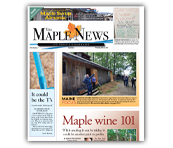BACK TO HOME
Cornell Corner
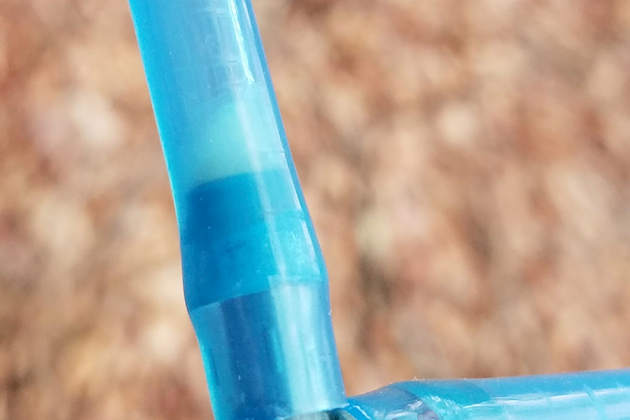
It could be the T's
Stephen Childs, NYS Maple Specialist | November 7, 2019
ITHACA, N.Y.—The results of tests conducted in the 2019 sap season at the Cornell Arnot Forest has clarified one important question: Why do we experience yield loss with 3/16th tubing after the first year?
This was the fourth season where experiments were run using 3/16 tubing with true 3/16 fittings and Ts.
A variety of different combinations of spouts, drops and cleaning methods were tested, but in each case the age of the T was the primary yield controlling factor while the method of tap hole sanitation used in the test was secondary. [ MORE ]
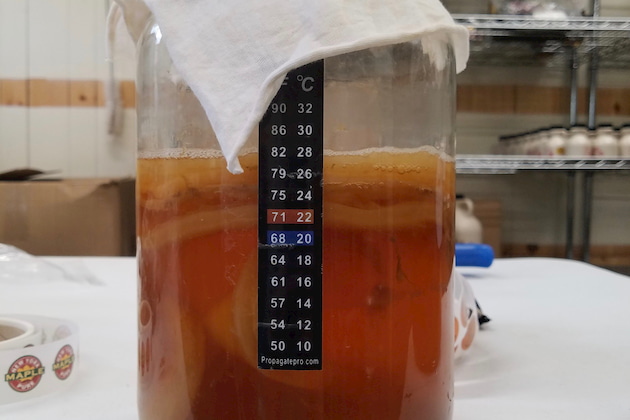
Maple kombucha could be a next big thing
Ailis Clyne, Cornell Maple Program | September 6, 2019
VAN ETTEN, N.Y.—Kombucha is the new health beverage craze that is sweeping the nation, and the newest value-added opportunity for maple producers.
Market research suggests a growth rate of 23 percent reaching a market worth of up to $5.45 billion by 2025.
Yet, no big players are brewing with maple.
Kombucha is so new on the scene that much of its growth is attributed to the development of new flavors.
At the Arnot Research Forest, part of the Cornell Maple Program at Cornell University, we have experimented with and fine-tuned a process for brewing kombucha with maple syrup and the results have gotten overwhelmingly positive reviews.
Kombucha is a refreshing, bubbly drink made by fermenting sweet tea. [ MORE ]
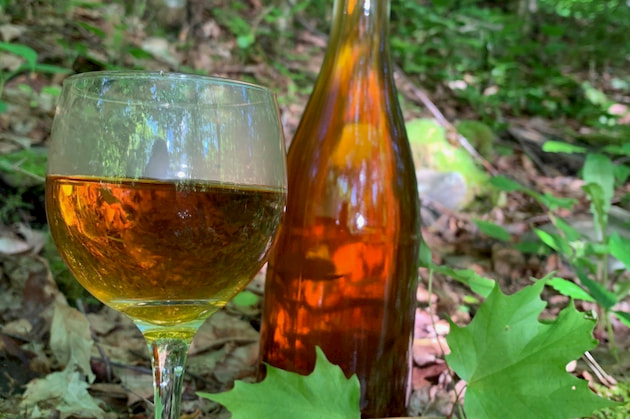
Making maple wine can be a new way to profits
Aaron Wightman, Cornell Maple Program Extension Associate | August 13, 2019
VAN ETTEN, N.Y.—Maple syrup can be diluted and fermented to create a pleasant, full-bodied wine with elegant structure and great maple character.
However, without proper materials and technique, it is easy to make a poor quality wine that is bitter, astringent or sickly sweet.
This winter, the Cornell Maple Program worked with undergraduates at Cornell University to create guidelines for high-quality maple wine production.
Traditional wines are created through the fermentation of grape juice sugars by specialized yeasts. This ancient industry has seen a surge in growth in recent decades.
The New York State wine industry alone now generates over $4.5 billion in annual economic activity. An increased interest in domestic wines creates an opportunity for non-traditional wines produced with alternative sugars.
With maple wine, maple producers can tap this lucrative and expanding market. [ MORE ]
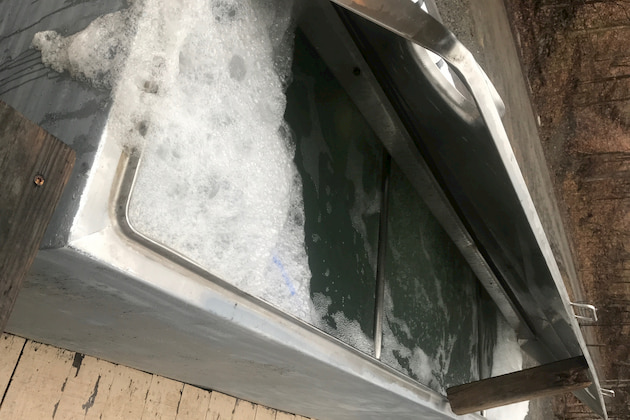
Get it bubbling
Aaron Wightman, Cornell Maple Program Extension Associate | July 7, 2019
VAN ETTEN, N.Y.—Dissolved oxygen levels have a significant impact on syrup grade and flavor, especially in late-season sap.
This season, we found that boosting oxygen levels in sap with a bubbler makes darker syrup with a stronger maple flavor.
In late season saps, the flavor improvement due to bubbler-aeration was significant enough to improve an off-flavored syrup to a dark, table-grade syrup.
Many factors affect the grade and flavor of maple syrup.
One of the lesser known variables impacting syrup quality is the level of dissolved oxygen in sap. [ MORE ]
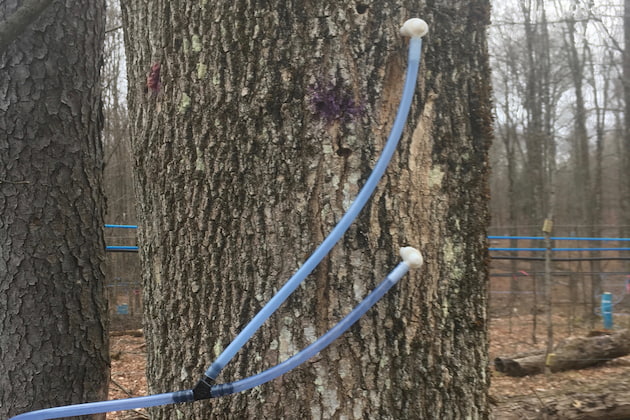
Does taphole sanitation pay off?
Stephen Childs and Aaron Wightman, Cornell Maple Program | July 8, 2019
ITHACA, N.Y.—Does extra attention to your tubing and taphole sanitation pay off?
During the 2019 maple season the Cornell Maple Program conducted a number of trials on 5/16 tubing looking at a variety of tubing options for taphole sanitation and tapping.
This year the first sap yield measurements were taken on February 8 and the last measurements on April 10.
We compared several new variations to our set-up of old spouts and drops where the dropline has been used for 7 years and the spout has been in use for 4 years. They have been vacuumed dry at the end of each season when the taps are pulled but receive no other cleaning.
The second check for standard comparison is completely new laterals, drops and spouts for a completely new system. [ MORE ]
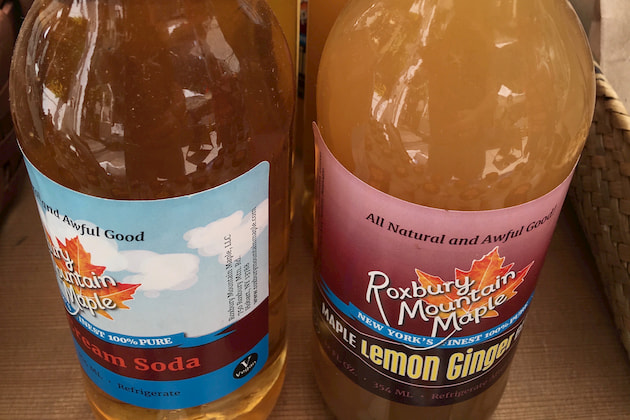
Maple beverages offer another revenue stream
Deborah Jeanne Sergeant | May 8, 2019
SYRACUSE, N.Y.—Keith Otto is taking value-added maple in directions few sugarmakers have taken it.
Things like maple beer, wine, spirits, cider and kombucha.
"There's great potential for adding value to your existing business," Otto said during a presenation at the Mid-Winter Classic Maple Show in Syracuse last January.
Otto is a researcher with the Cornell Maple Program and the Uihlein Maple Research Forest in Lake Placid, N.Y.
There's untapped potential--literally--in New York's forests, he said. [ MORE ]
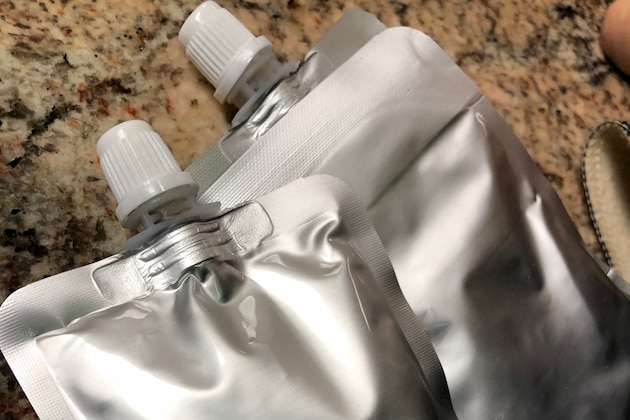
Are foil packs worth it?
Peter Gregg | May 1, 2019
SYRACUSE, N.Y.—As packaging technology advances, there may be new ways to make money in maple. But how about with foil packs?
Foil packs are available for bulk purchase online in several different sizes. Some maple companies have been able to mass produce the packets and market them to the running and fitness demographic as single serve “one shot” energy boosters for athletes.
But Steve Childs of the Cornell University Maple Program set out to find if there is any profit in selling single serve foil packs for the average sugarmaker.
“We wanted to find the ‘farmer’ way of doing it,” Childs said, during a standing-room only seminar at the Mid-Winter Maple Classic in Syracuse on Jan 5.
“Is there any way to fill these ourselves in any sort of practical way,” Childs said. [ MORE ]
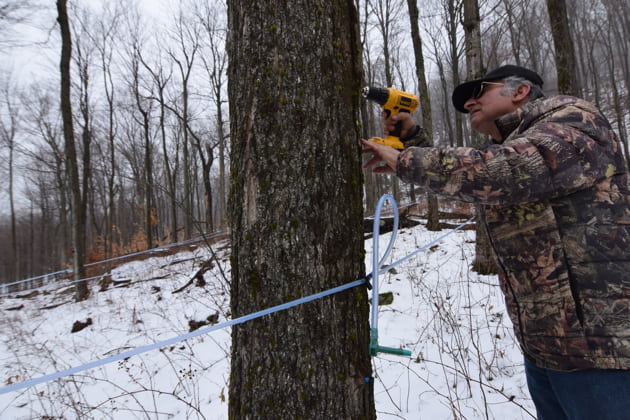
Cornell study shows results from re-tapping holes
Stephen Childs and Aaron Wightman, Cornell Maple Program | December 4, 2018
In the 2018 Cornell Maple Program replicated tubing system sap flow trials, one of the first systems to stop running was the second year 5/16” laterals, drops and spouts with four replications.
In this treatment nothing had been changed since its use in the 2017 sap season other than being vacuumed dry at the end of the 2017 sap season. By April 6 they had completely dried up. On April 6, a new tap hole was drilled 6 to 8 inches directly above or below the original 2018 taphole.
This taphole location was chosen so as not to create a new partition zone in the tree thereby saving clean white wood for future tapping. It was also located in the same channel to see if there would be significant air leakage across the 6 to 8 inches.
[ MORE ]





























